Site Search
- resource provided by the Forum Network Knowledgebase.
Search Tip: Search with " " to find exact matches.
A corporate funder asked our corporate funder listserve about how the corporate foundation is funded either through an endowment or through periodic transfers, or though a share of the profits? This document is a compilation of the responses on the listserve.
As The Westfield Foundation marks its 50th anniversary, the organization is proud to announce the recipients of its Golden Impact Grants—an initiative that reflects five decades of commitment to building a stronger, more inclusive community through strategic philanthropy.
“It’s truly an honor to celebrate 50 years of service, partnership, and impact,” said Katie Darcy, executive director of The Westfield Foundation. “When the Foundation was established in 1975, it began with just $2,000 and a shared belief in building a better future through philanthropy. Today, we distribute over $1 million annually, thanks to the vision and generosity of the very community we serve.”
The Golden Impact Grants were created to mark this milestone by amplifying the Foundation’s investment in Westfield — the place where it all began. This special initiative invited a select group of local organizations to submit proposals for bold, visionary projects that address urgent community needs and will leave a lasting legacy.
Giving circles and other forms of collective giving (hereafter referred to as GCs) have grown significantly in visibility and popularity over the past 15 years. Often started by donors, they are widely understood to be highly flexible, democratic, do-ityourself vehicles for giving. Previous research has illuminated the positive impact that participation has on the giving and civic engagement of donors. Until recently, however, our understanding of the scope and scale of GCs was 10 years out of date!
This research presents an updated understanding of the current landscape of GCs and similar models of collective giving or giving collaboratives in the United States. This research comprises the first of a three-part inquiry, which also looks at research underway related to the impact of participation in GCs on donor giving and civic engagement, and a study of the relationships between GCs and their hosting organizations.
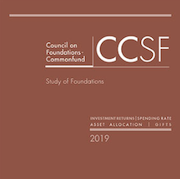
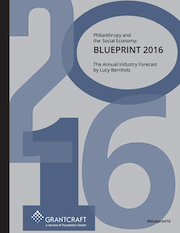
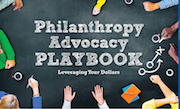
These guides are designed to help foundations consider how more diverse and inclusive practices might advance their mission by making their work more effective and more reflective of communities served. By highlighting 10 ways foundations can approach diversity, this guide seeks to spark ideas and launch further dialogue.
There are three versions of this resource one for family, community and independent foundations.
The 2018 President’s Report is our annual look back at CNJG’s robust programming and services for our members and, by extension, the communities they serve. The Council is an engaged and cohesive network of grantmakers dedicated to our state’s communities and people.
The 2020 President’s Report is our annual look back at CNJG’s robust programming and services for our members and, by extension, the communities they serve. The Council is an engaged and cohesive network of grantmakers dedicated to our state’s communities and people.
The 2021 President’s Report is our annual look back at CNJG’s robust programming and services for our members and, by extension, the communities they serve. The Council is an engaged and cohesive network of grantmakers dedicated to our state’s communities and people.
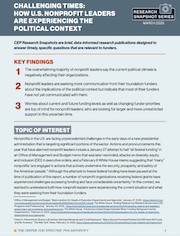
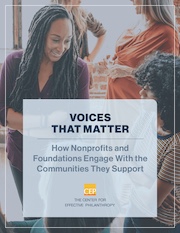
This report offers key insights into the current landscape of community feedback in the philanthropic sector. Based on extensive survey data from 241 nonprofits and 243 foundations, the report explores how these organizations collect and utilize community input, pinpointing existing gaps and providing recommendations for strengthening engagement practices to better serve the communities they aim to impact.

The Technology Association of Grantmakers (TAG) 2024 State of Philanthropy Tech report provides essential data that will shape the future of technology in philanthropy. It covers topics such as IT staffing ratios, the increasing role of artificial intelligence (AI), and improved cybersecurity measures. As the only comprehensive survey dedicated to technology in philanthropy, the report offers valuable insights into how grantmaking organizations are utilizing technology to enhance their missions, increase their impact, and manage risks effectively.
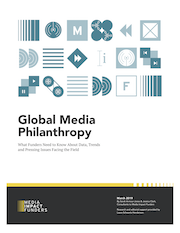
With support from the Bill & Melinda Gates Foundation, Media Impact Funders has been researching trends, challenges and opportunities for global media funding. The research in this report draws on a variety of sources: data from the media data map through 2015, results from a survey of leading organizations engaged in funding media-related projects around the world, analyses of existing literature and reports, and insights offered by experts across a range of media funding issues.
